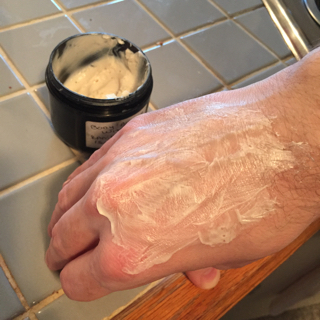Hydrovance vs. urea (updated)
Jelena posted the following question: Do you know what is the difference between Hydrovance (INCI: Hydroxyethyl Urea) and Urea (INCI: Urea)? Which one is more moisturizing? The short answer? I think the Hydrovance. Now for the long answer… Urea is a good humectant, found in the stratum corneum of our skin. It is a...

